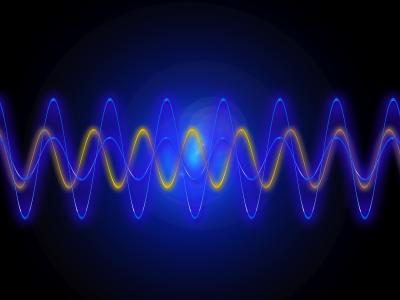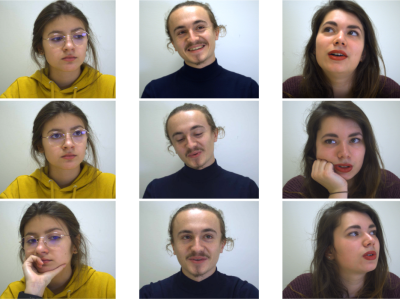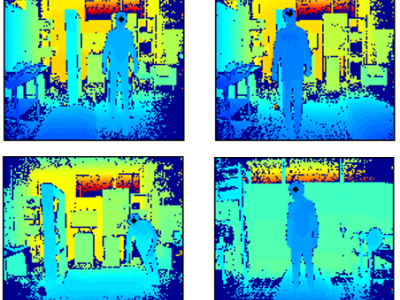Simulated dataset

- Citation Author(s):
-
Rodrigo Quiroga (University of Leicester)
- Submitted by:
- Nassim Ravanshad
- Last updated:
- DOI:
- 10.21227/kvnr-bt09
- Links:
 231 views
231 views
- Categories:
- Keywords:
Abstract
Normal 0 false false false EN-US X-NONE AR-SA /* Style Definitions */ table.MsoNormalTable {mso-style-name:"Table Normal"; mso-tstyle-rowband-size:0; mso-tstyle-colband-size:0; mso-style-noshow:yes; mso-style-priority:99; mso-style-parent:""; mso-padding-alt:0in 5.4pt 0in 5.4pt; mso-para-margin-top:0in; mso-para-margin-right:0in; mso-para-margin-bottom:8.0pt; mso-para-margin-left:0in; line-height:107%; mso-pagination:widow-orphan; font-size:11.0pt; font-family:"Calibri",sans-serif; mso-ascii-font-family:Calibri; mso-ascii-theme-font:minor-latin; mso-hansi-font-family:Calibri; mso-hansi-theme-font:minor-latin; mso-bidi-font-family:Arial; mso-bidi-theme-font:minor-bidi;}
A simulated dataset that has been widely used in the evaluation of spike-sorting algorithms. Synthetic datasets are generated by adding spike waveform templates to background noise of various levels; this download contains several datasets, generated using different spike templates.
Use wave_clus (see www2.le.ac.uk/centres/csn/software/wave-clus) for spike detection and sorting of this data. Wave_clus is a fast and unsupervised algorithm for spike detection and sorting compatible with Windows, Mac or Linux operating systems.
Dataset posted on 2020-02-26, 16:24 authored by Rodrigo Quian Quiroga.
Instructions:
Normal 0 false false false EN-US X-NONE AR-SA /* Style Definitions */ table.MsoNormalTable {mso-style-name:"Table Normal"; mso-tstyle-rowband-size:0; mso-tstyle-colband-size:0; mso-style-noshow:yes; mso-style-priority:99; mso-style-parent:""; mso-padding-alt:0in 5.4pt 0in 5.4pt; mso-para-margin-top:0in; mso-para-margin-right:0in; mso-para-margin-bottom:8.0pt; mso-para-margin-left:0in; line-height:107%; mso-pagination:widow-orphan; font-size:11.0pt; font-family:"Calibri",sans-serif; mso-ascii-font-family:Calibri; mso-ascii-theme-font:minor-latin; mso-hansi-font-family:Calibri; mso-hansi-theme-font:minor-latin; mso-bidi-font-family:Arial; mso-bidi-theme-font:minor-bidi;}
This data set contains 16 signals sampled at 24 kHz with a recording time of 60 seconds. The data set contains appropriate annotations for the location of the neural spikes. Also, noises with different distributions (with the standard deviations of 0.05, 0.1, 0.15, and 0.2) are added to the signals. Each signal in the dataset includes three types of spikes from three neurons as the source. In the two easy data sets (E1 and E2), the spikes are completely different in shape and so can be classified with high accuracy. The other two datasets (D1 and D2) are difficult to classify because the three types of spikes are similar.








